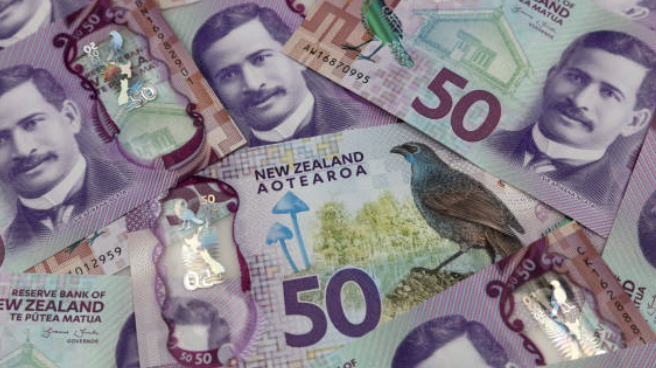
Drake Hampton
Apr 25, 2022 10:49
For the fourth consecutive week, the Dow Jones Industrial Average (DJIA) fell nearly 2% as risk sentiment deteriorated rapidly into the weekend. The catalyst appeared to be a discernible increase in the Fed's rhetoric about significantly tightening policy in response to soaring inflation that threatens to undermine the economic recovery. Rate traders responded by increasing their bets on 50 basis point rate hikes via overnight index swaps, which currently price in complete 50 basis point raises for the next three FOMC meetings. The preliminary gross domestic product (GDP) growth rate for the United States is scheduled to be released on Tuesday, which will indicate how much the economy increased in March.
This resulted in a rebound rout in Treasuries, which spread to the rest of the world's financial markets. Government bond yields increased across the board, from UK Gilts to German Bunds. The French election this weekend may result in some European bond repricing, but the impact is likely to be minor in the event of a Macron victory. A Le Pen triumph, on the other hand, would almost certainly have a rattling effect, although polls indicate that is an improbable prospect. Eurozone inflation data for the first quarter may spark some volatility trading in EUR/USD. According to a Bloomberg survey, economists anticipate Q1 core inflation to be 3.1 percent year on year.
The risk-sensitive Australian and New Zealand Dollars fell against the Greenback in the Asia-Pacific region. Australia is expected to release its first-quarter inflation figures, with analysts anticipating an increase to 4.6 percent from 3.6 percent year over year. A stronger-than-expected reading could spark a recovery in the battered AUD/USD pair. A broad decline in metal prices weighed on sentiment around the Australian Dollar, which remains under pressure due to continued Chinese lockdowns.
USD/JPY could witness a turnaround following Thursday's Bank of Japan policy meeting outcome. The central bank has been assertive in recent months in attempting to contain bond yields, and no adjustment in the benchmark rate is expected this week. However, a change to the central bank's inflation targets may result in some currency repricing. Last week, options traders began to unwind bearish bets on the Yen, as demonstrated by a decline in one-week risk reversals. Another significant focus is the Bank of England's rate hike bets, following a bad batch of statistics that put doubt on the United Kingdom's economic recovery, with retail sales and PMIs falling short of expectations.


Apr 25, 2022 10:40
